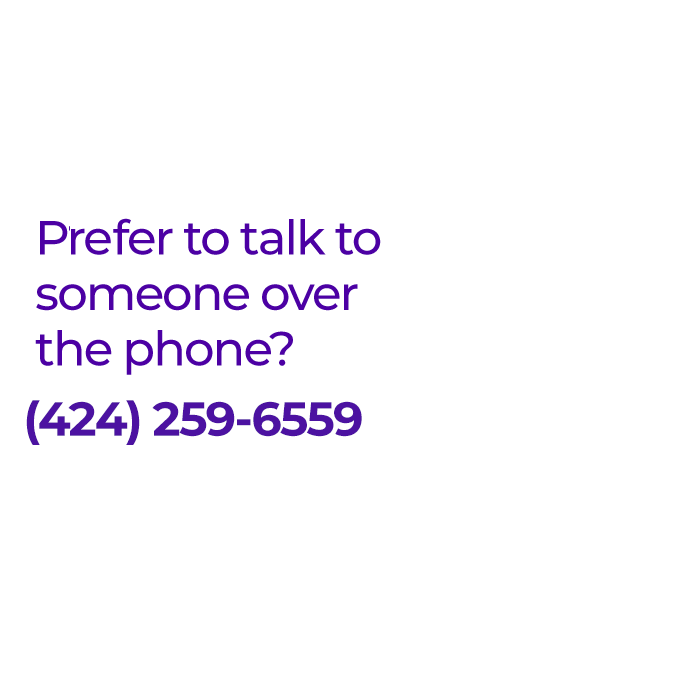In the context of the pandemic caused by the novel coronavirus SARS-CoV-2 and the resulting coronavirus disease 2019 (COVID-19), other health concerns such as obstructive sleep apnea and snoring need to take a backseat. We are all in uncertain times, relying on the experts and our own judgment to take appropriate precautions and preparations. I will leave it to others to debate the best strategy for protecting public health. However, I wanted to write about what we are doing and what the long-term implications for the overall delivery of healthcare might be.
Three days ago, our department decided to cancel all non-urgent/non-emergent patient interactions, and this was followed over the weekend by the Los Angeles County Department of Health Services to cancel all elective procedures at County facilities, including the Los Angeles County+USC Medical Center where many of my colleagues work. These decisions come from a combination of two goals:
- minimizing the potential spread of infection by decreasing interpersonal contact. This is especially important for health care workers who not only see patients who might be infected but also can transmit infections to others
- enabling health care facilities to accommodate large-scale hospitalizations in case of a surge of patients experiencing symptomatic COVID-19
I have canceled almost all scheduled patient interactions over the next 3 weeks (and expect this to last 3-6 months), although I am available to support the team in patient care if our medical center faces the need. Given the current status of 69 known reported cases in Los Angeles County at the present time, we are likely early in the cycle of infections, so the future path is not clear.
What about patients with obstructive sleep apnea and snoring?
Obstructive sleep apnea and snoring are important health conditions — in fact, they have been the focus of my entire career. At the same time, patients do not require immediate treatment in the same way that, for example, cancer patients do. For this reason, my patients are generally able to postpone their office visits and procedures, allowing them the opportunity to continue their social distancing that may flatten the curve and decrease the impact of this virus (this link has a great explanation of the value of social distancing).
However, my patients still have important health concerns. I have been impressed with the acceleration that has occurred at the Keck Medicine of USC and other health care organizations in making telemedicine functional and ready for use in patient care. To take our example, in the last couple of months the University of Southern California has recently made Zoom video conferencing widely available. Teams have developed the ability for us as healthcare providers to provide care to patients using Zoom, replacing many aspects of an in-person evaluation. Obviously the examination of patients is limited with a video compared to an in-person interaction, but my patients can shine a light (a phone flashlight can work well) into their mouths to provide an acceptable view of the mouth that can be important in decisionmaking. This is no replacement for the detailed assessments possible with flexible fiberoptic examinations, but we can often make a fair amount of progress in their care. What is also important is that these visits can be billed to medical insurance, making them “count” as appointments and enabling us to move forward with care, whether getting insurance authorization for sleep studies, starting an order for CPAP equipment, or the conservative approaches that we take before proceeding with surgery.
Is development of telemedicine one good thing that can come from all of this?
Of course the most important health concerns are the immediate ones. This is a very real health threat, and nobody should think this is a good thing. We need to take the precautions to mimimize the impact of the SARS-CoV-2 virus and COVID-19. Putting aside those concerns for a moment, telemedicine appointments may offer a glimpse of healthcare in the future. Hopefully we all come together to limit the impact of the pandemic, but my personal opinion is that telemedicine can simplify dramatically the patient’s experience with healthcare, minimizing exposure to others who might be sick (all illnesses, not just this virus) as well as the burden of disrupting life/work to travel for appointments (and sometimes for the wait in the provider’s office). Just as intriguing would be the opportunity for providers to spend time actually communicating with patients, ideally with some sort of automated system that can generate at least some of the often-absurd and incredibly frustrating documentation required by today’s electronic health record systems. I expect this crisis will spur innovation and advances in healthcare delivery like telemedicine that may have some benefit once we are on the other side of this. Let’s hope we get there safely.
If you would like to schedule a telemedicine appointment, please contact me at [email protected].




25 − = 16